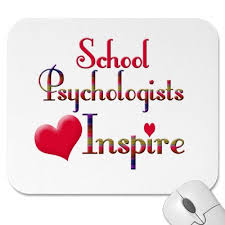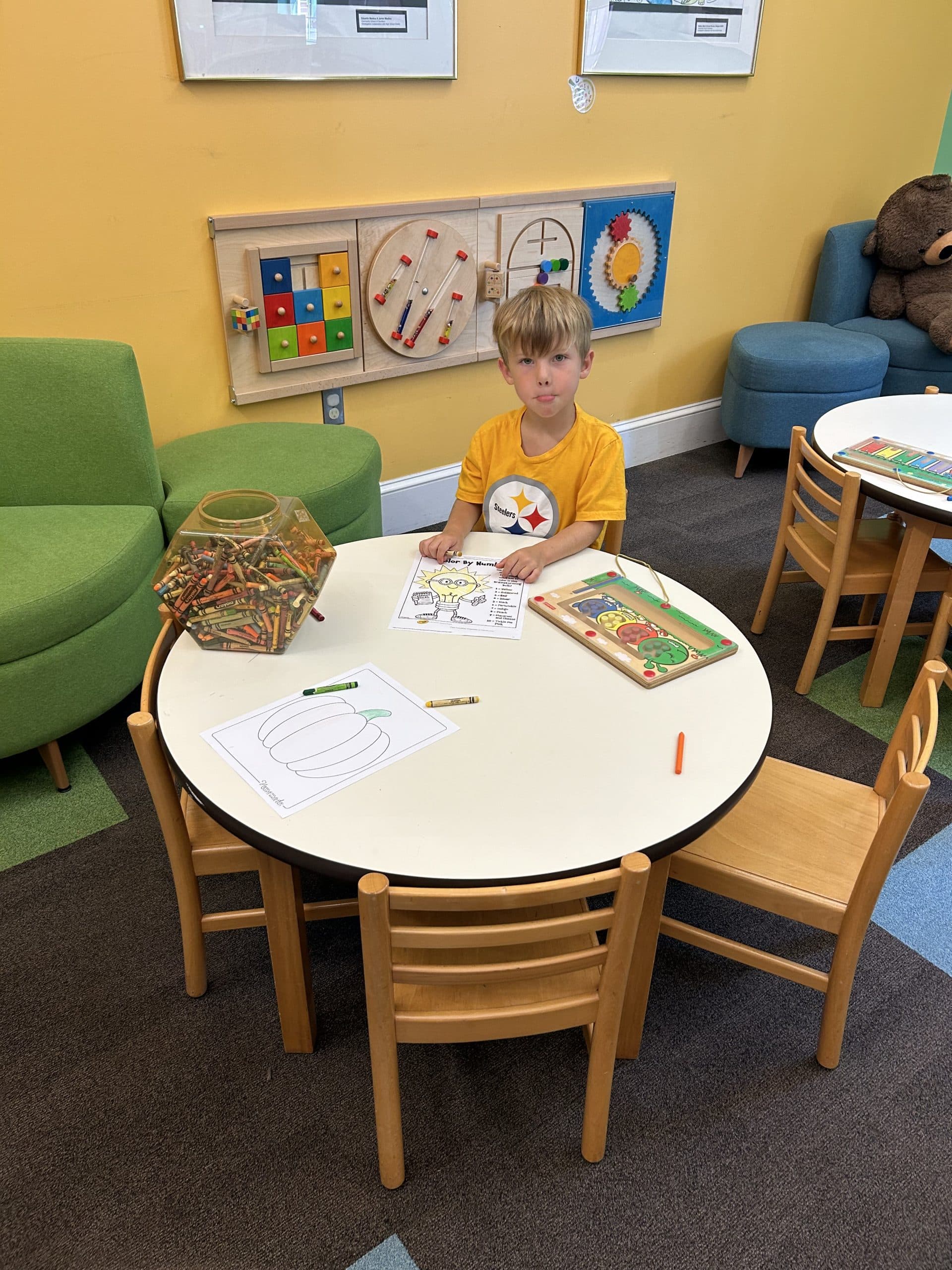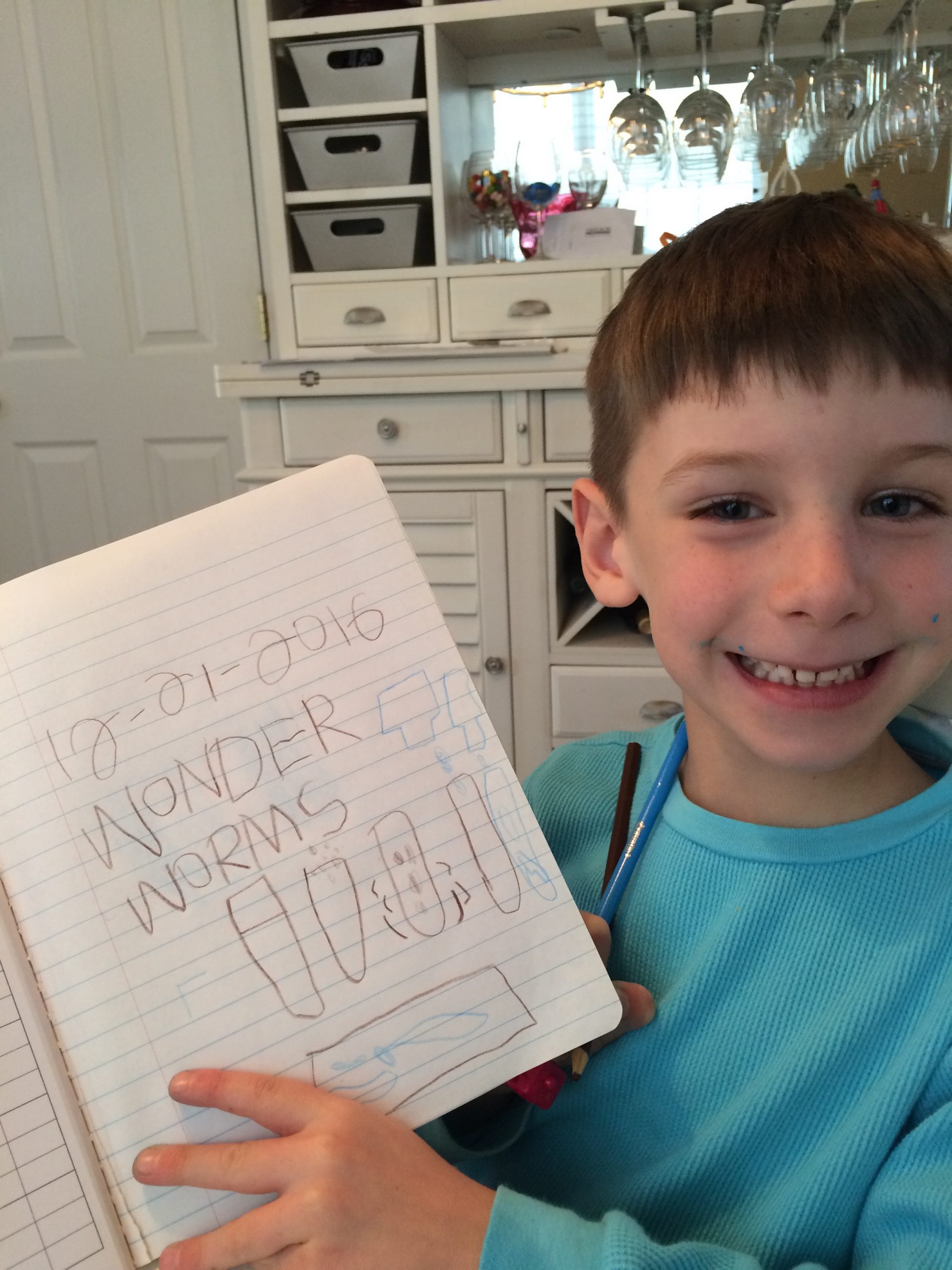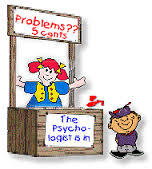 Schools are quickly becoming understaffed resulting from tight budgets. Students are being short changed with fewer teachers and larger classrooms. Children are losing classes in the arts and technology but the one position that should not be a consideration for elimination is the school psychologist.
Schools are quickly becoming understaffed resulting from tight budgets. Students are being short changed with fewer teachers and larger classrooms. Children are losing classes in the arts and technology but the one position that should not be a consideration for elimination is the school psychologist.
How well do you know your school’s psychologist? How many psychologists are available in your school district? Does your district hire their own or are they acquired from the local Intermediate Unit? These questions should be asked at teacher conferences and at PTA/PTO meetings.
Understanding the importance of a school psychologist should be the priority of both the teacher and parent. Psychologists are trained to help children succeed academically, social, behaviorally, and emotionally. Psychologists help support the student’s learning environment and strengthen connections between home, school, and the community.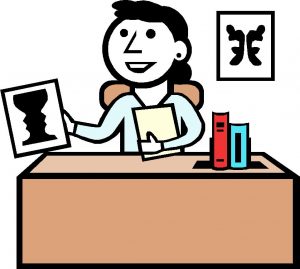
North Carolina is in the news for area school districts not having enough psychologists. This news story drew the attention of many people including local politicians that control the school’s budget. The news article states that the ratio recommended by the national association of school psychologists is 1 to every 500-700 students. North Carolina schools have a ratio of one psychologist per 1,500 students.
My research asserts the recommendation is no more than one psychologist per 1,000 students – www.nasponline.org. The news article indicating 500-700 students is the NASP Practice Model which advocates that schools adopt the model to improve academic engagement and achievement, create instructional methods that are effective, and support positive social and behavioral actions.
Today, more and more students are in need of a service provided by a school psychologist. Current research states that 25% to 30% of students in schools have a mental health condition.
In working with district personnel and parents, psychologists design plans and monitor progress to achieve student success. From time to time all children face problems. They demonstrate difficulty with time management, organizing work, display a fear of going to school, lack self-discipline, feel anxious, and other worrisome problems. Some of these are a normal part of development and only require the attention of a parent or guardian and not a psychologist.
In researching each state’s ratio requirements, I found several states that do not have a specified student to psychologist ratio – www.nasbe.org. The states that specify a ratio are:
• Delaware – 1:3,000 students in grades 4-12
• Georgia – 1:2,200 FTE
• Hawaii – ‘as necessary’
• Indiana – 1:700
• North Carolina – 1:1,500
• South Carolina – 1:1,000
Children that need a school psychologist:
• live in areas of past dramatic events
• suffered personal loss
• have parents in the military
• have parents involved in emergency response situations
• feel threatened by intolerance or racism
• are diagnoses with a mental illness
I’m not advocating to immediately finding a school psychologist because of a minor problem that your child is demonstrating – I’m advocating awareness. Is the ratio of psychologist to student small? Is your school overburdening the psychologists with nonsensical testing? Be open to a teacher’s comments on how your child is handling school situations. Be aware of the ratio of student to school services. School psychologists are crucial to the ability of a school and the developmental and academic needs of students.
The primary role of a school psychologist is to evaluate and determine reasons for learning and behavior problems. Most problems can be traced to one or more of five causes: curriculum, teacher, administrators, parents, and the child. A study to review these five causes is published in Professional School Psychology, 3(2), 145-151. It evaluated 5,000 student cases over one year with results being:
• None were connected to an ineffective curriculum
• None were due to teaching practices
• None were due to administrative program implication
• 10% to 20% were due to parent and home factors
• 100% were due to child factors
Child factors include a lack of the parents attending meetings or being involved in the school community, inability to provide support for homework, or unable to provide support due to work or lack of education.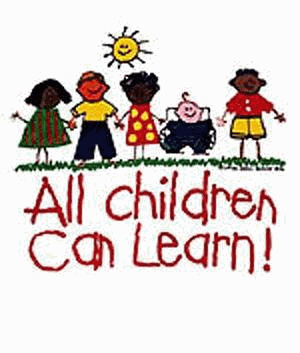
Psychological evaluations are a large part of the school system. The purpose of the psychologist best prepares us to help students work effectively in school and within the community. Without good quality evaluators, appropriate educational programs can’t be developed.
